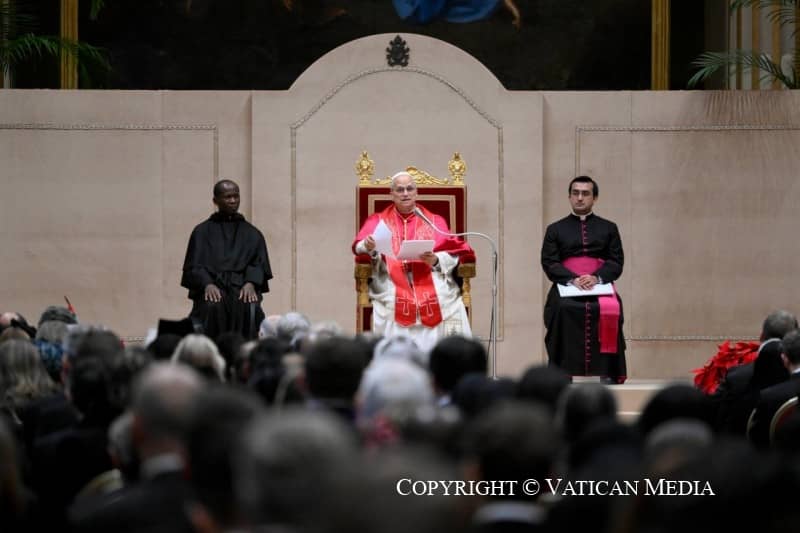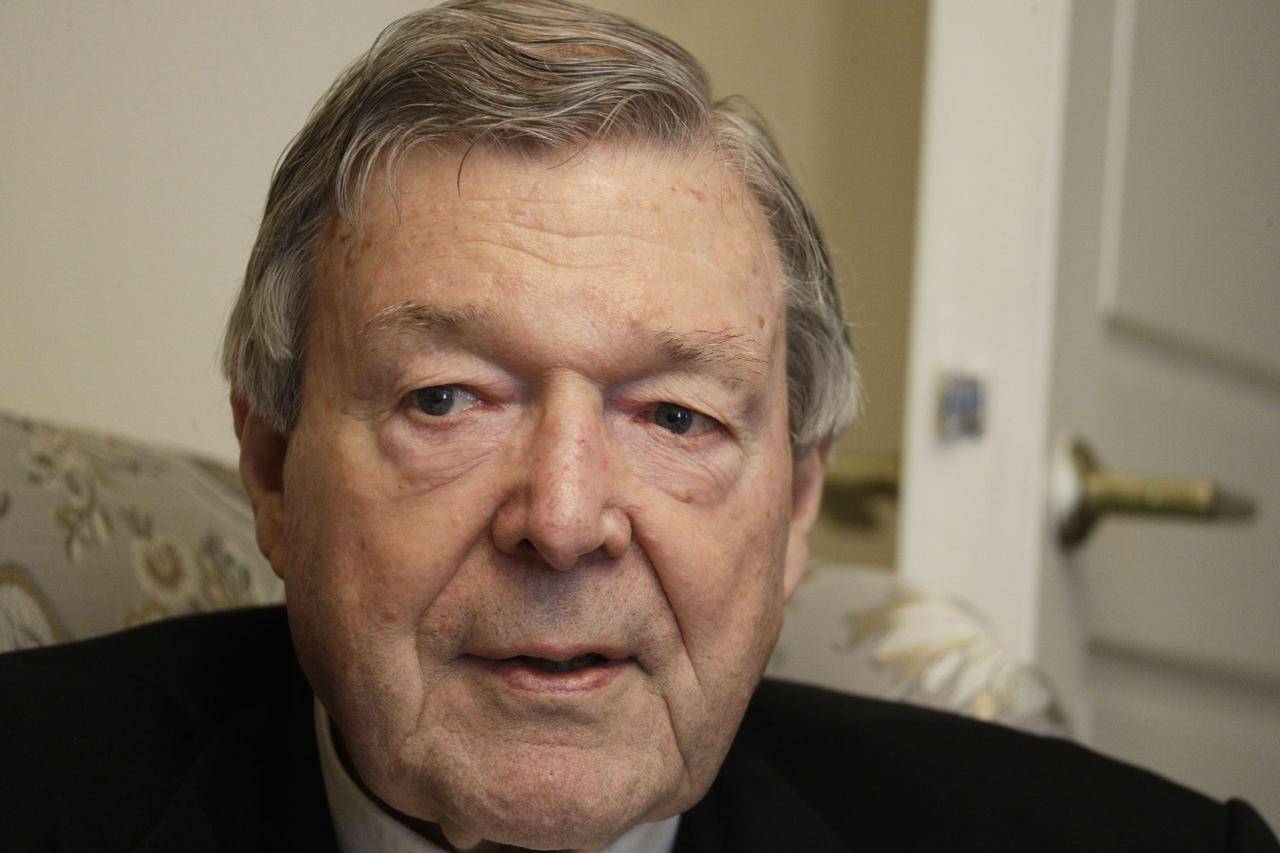ROME – In what’s been taken as the latest turning point in Pope Francis’s campaign to empower laity in the Catholic Church, on Saturday the pontiff issued a new fundamental law for the Vatican City State which, for the first time, allows both lay men and women to sit on its governing commission.
Heretofore, that commission had been composed entirely of cardinals. The move complements a similar change Francis made in his new constitution for the Roman Curia last year, which decreed that a lay person, man or woman, can head a curial department. (The Roman Curia assists the pope in governing the universal church, while the Vatican City State administers the pope’s physical territory.)
In that sense, the new fundamental law, which replaces one issued by Pope John Paul II in 2000, is indeed a watershed for the lay role. In this case, however, it’s probably one which should also come with a warning.
As opposed to the Roman Curia, it’s hardly a novelty for laity to have a share in governing the pope’s physical territory. During the era of the Papal States, when popes ruled over a swath of central Italy as a temporal monarch, the head of government nominally was always the Cardinal Secretary of State, but the pope generally would appoint a Minister of the Interior who actually called the shots.
Over the years, sometimes that role was played by a cleric, but often it was a layman.
(As a footnote, it’s often said, erroneously, that popes lost their temporal powers in 1870 with the collapse of the Papal States amid Italian unification. Not so – what popes lost was territory, not power. With regard to the Vatican City State, the pope retains absolute civil authority to this day. Just to make sure no one misses the point, the new fundamental law specifies that the pope possesses “the fullness of the power of governance” as the “sovereign,” including “legislative, executive and judicial power.”)
That background brings us to the tale of the last layperson to exercise civil authority in the name of the pope: Pellegrino Rossi, who fate perhaps should serve as a cautionary tale for whoever his successors may be under Francis’s new scheme.
Born in Tuscany in 1787, Rossi studied law in Pisa and Bologna and became a celebrated professor and political thinker. After periods in Switzerland and France, he ended up as the personal envoy of King Louis Philippe I to the Papal States. After the king abdicated in February 1848, Rossi remained in Rome, and eventually was named the interior minister of the new pontiff Pope Pius IX in September of the same year.
By the time of Rossi’s appointment, revolutionary energies were stirring in Rome. Rossi was a federalist, meaning he believed in a federation of independent states on the Italian peninsula, including the full sovereignty of the Papal States, as opposed to the press for national unification then beginning to gather steam.
Although Rossi began efforts to modernize the pope’s civil administration, including plans for new railway miles and telegraph lines, it wasn’t enough for the revolutionaries, who were still seething over Pius IX’s famous allocution Non Semel, in which he made clear he would not join to military push to drive Austria out of northern Italy on the grounds that a pope could not go to war against a Catholic power.
Thus when Rossi arrived at Rome’s Piazza della Cancelleria at around 1:00 p.m. on November 15, 1848, for the opening of a session of the Chamber of Deputies in the Papal States, an assassin was waiting. As Rossi ascended the steps, a man emerged from the crowd and plunged a dagger into his throat. Eyewitness testimony was confused, as some said the assailant was wearing the uniform of a soldier, others that he was dressed as a parliamentarian. In any event, in chaos that followed, the killer was able to disappear.
Rossi staggered for a few steps, then fell to the ground dead.
His assassination set in motion a series of events which led to Pope Pius IX fleeing Rome to take refuge in Gaeta, a seaside town about 100 miles south, which at the time was part of the Bourbon Kingdom of Two Sicilies and a staunch ally of the papacy. Meanwhile in Rome a new revolutionary republic under Giuseppe Mazzini was declared, which would endure until the short-lived restoration of the pope’s secular authority in 1850.
By all accounts, Rossi was a gentle, urbane man of culture. Camillo Benso, the Count of Cavour, described Rossi in one of his letters as “the wittiest man in Italy, the most flexible genius of the age, perhaps the most practical mind in the universe.”
The great likelihood is that Rossi’s assassin had no real beef with him, but killed him as a blow against the pope he served.
Of course, it’s deeply improbable that restless denizens of the 108 acre territory the pope has left today would ever rise against one of his ministers in quite so violent a fashion. Knives in the back in the Vatican these days tend to be metaphorical, not literal.
Nevertheless, there’s still a sobering moral to this story: Anyone who wields authority in the name of the pope needs to know that sometimes, people upset with the pontiff may turn on you as a softer target.
In that light, perhaps the first lay person to sit on the new-fangled governing commission of the Vatican City State ought to make a trek to Rome’s Basilica of San Lorenzo in Damaso, where Rossi is entombed, and spend a moment in quiet prayer.
Uneasy, indeed, lies the head that wears even a share of the crown … whether that head, as it turns out, be clerical or lay.

















